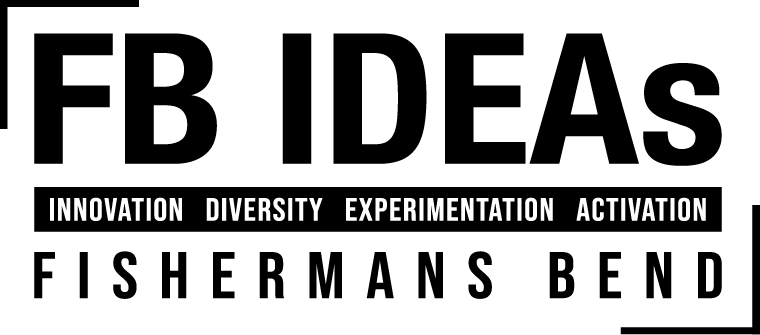Regenerating the ecology of Fishermans Bend
Inspired by the theme for this year’s Melbourne Design Week - DESIGN THE WORLD YOU WANT - we hosted a great event last week to explore the why, how, what and where behind ‘Regenerating the ecology of Fishermans Bend’.
Janet Bolitho, a passionate local advocate and President of the Yarra Riverkeepers Association, set the scene with some insights into the history of Fishermans Bend and the evolving natural landscape. Janet talked about the construction of the Coode Canal which changed the course of the Yarra River in the late 1800s, how Fishermans Bend was once home to the now critically endangered Orange-bellied Parrot, and the more recent regeneration of Westgate Park.
Sarah Bekessy, from RMIT ICON Science Group and The Biodiversity Council, talked about how the future of liveable cities depends on nature - with a myriad of health and wellbeing benefits, future proofing for climate change, providing a sanctuary for threatened species to survive and thrive, to re-enchant people with nature, and most importantly to support connection and reconciliation with First Nations history and culture.
Sarah also talked about the role of Biodiverity Sensitive Urban Design (BSUD) and the key objectives that were developed through the Fishermans Bend Biodiversity Report she was part of. The vision they presented for Fishermans Bend is:
A place that honours Indigenous culture
A place with seven seasons
A place known by its diverse ecosystems
A place for the senses
A place of shifting waters
A place that’s comfortable and beautiful in any weather
Alex Felson and Amira Moshinsky, from the Urban Ecology and Design Lab (UEDLAB) at the University of Melbourne, then talked about their vision to build on the Remix Raingarden project and develop a network of raingarden “patches” that combines recycled waste for water quality and urban design, with biodiversity enhancements. Importantly, Alex talked about this project as both an incremental step in developing a long-term water treatment chain, but also part of the process to engage with private property owners about the role of water-sensitive design and flood management in the precinct.
Casey Visintin, also from RMIT ICON Science Group, presented his concept designs for an elevated micro-habitat system to support biodiversity and provide human-nature interactions throughout the Fisherman’s Bend precinct.
FB IDEAs are excited to be working with these kinds of projects to pilot and prototype innovative solutions to support efforts to regenerate the ecology of Fishermans Bend. But as Janet Bolitho reminded us all in closing - we all have a role to play in supporting biodiversity to thrive in Fishermans Bend. Every pot plant, front and backyard, or green verge presents an opportunity plant species that are local to Fishermans Bend. To find out more, and to support the wonderful work at Westgate Biodiversity - head to Bili Nursery to purchase locally grown grasses, sedges, rushes, groundcovers, climbers, wildflowers, trees and shrubs.
Thank you to everyone who joined us, and in particular to our wonderful speakers for sharing their insights and ideas for the future. Special thanks also to Port of Melbourne for letting us host the event at Port Education Centre.


